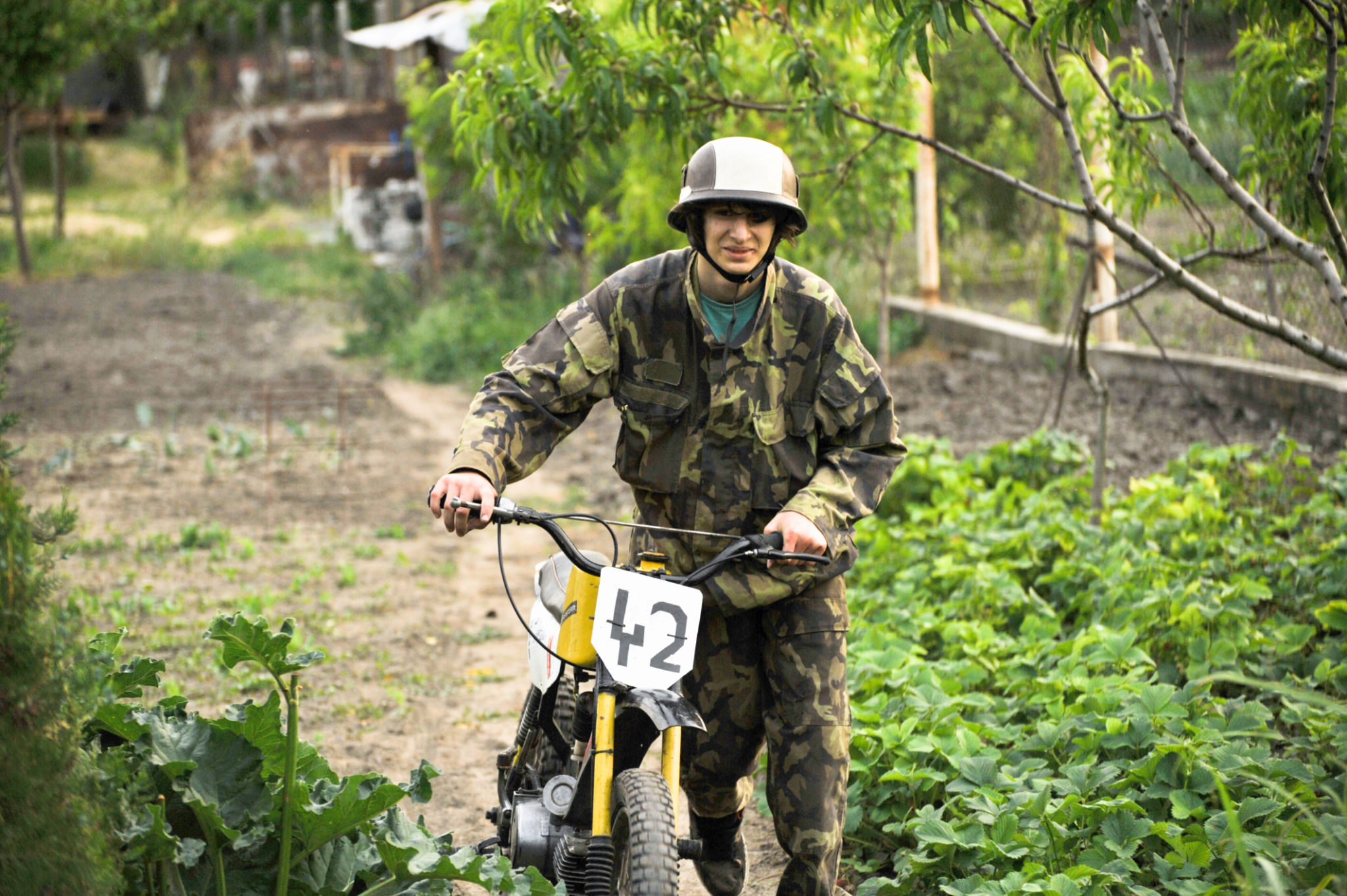A Case Study: Successful Policy Initiatives Against Child Soldier Recruitment
Introduction
The recruitment of child soldiers is a grave issue affecting many regions worldwide. Numerous policy initiatives have been implemented to combat this problem, showcasing varying degrees of success. This case study explores some of the most effective strategies and their impact on reducing child soldier recruitment.

Understanding the Problem
Child soldier recruitment is driven by a complex interplay of factors, including poverty, lack of education, and armed conflict. Children are often seen as easy targets due to their vulnerability and the ease with which they can be manipulated or coerced into joining armed groups.
Root Causes
Addressing the root causes is essential for creating sustainable solutions. Strategies often focus on improving educational opportunities, economic stability, and social services in affected regions.
Policy Initiatives
Several international and national policy initiatives have been implemented to tackle the issue of child soldier recruitment. These range from legal frameworks to grassroots programs aimed at rehabilitation and prevention.
International Legal Frameworks
The United Nations Convention on the Rights of the Child and the Optional Protocol on the Involvement of Children in Armed Conflict are pivotal in setting legal standards and obligations for countries to prevent the recruitment of child soldiers.

- Setting a minimum age for recruitment
- Prosecuting those who recruit children
- Supporting demobilization programs
Community-Based Programs
Community-based programs play a critical role in preventing child soldier recruitment. These initiatives often focus on education, vocational training, and community engagement to provide children with alternatives to joining armed groups.
Case Study: Success Stories
Several countries have seen success through a combination of policy initiatives and community efforts. For example, in Sierra Leone, the integration of former child soldiers into educational and vocational training programs has significantly reduced recruitment rates.

Sierra Leone's Approach
By focusing on education and rehabilitation, Sierra Leone has managed to reintegrate former child soldiers into society effectively. Key components of their strategy include psychological support, education, and community involvement.
- Providing free access to education
- Offering vocational training
- Facilitating community dialogue and reconciliation
Conclusion
The fight against child soldier recruitment requires a multifaceted approach that includes strong legal frameworks, community-based programs, and international support. Success stories from various regions highlight the importance of addressing root causes and providing sustainable alternatives for children at risk.
By continuing to support these initiatives and fostering international cooperation, we can work towards a world where children are protected from the horrors of armed conflict, and their rights are upheld.